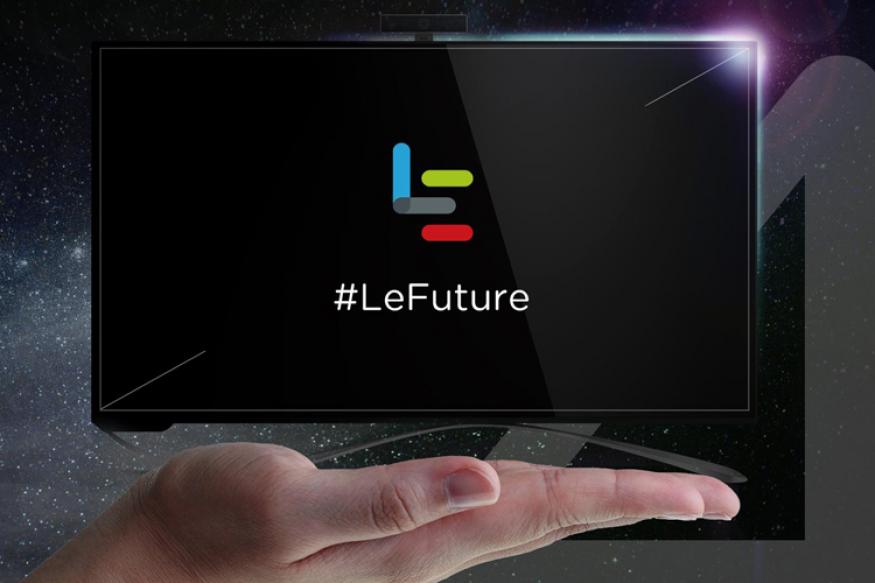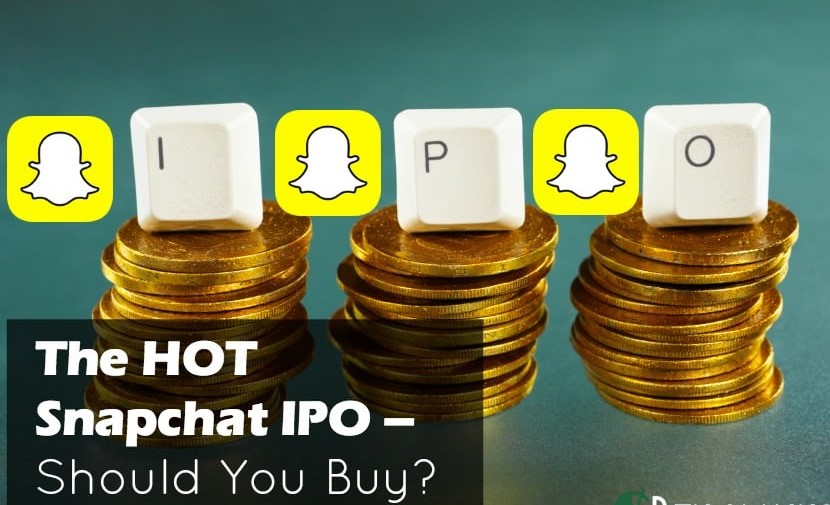Some say it is the most ambitious tech company. Many Chinese tech companies like Xiaomi and Huawei have grown from start-ups to giants in basically no time, becoming serous competition for well-established companies like Samsung and Apple. It seems like Chinese tech companies are producing some of the most innovative and advanced technology in the world right now. And as such companies are on the rise, there is another interesting company emerging- LeEco. So far it has been known as the Chinese version of Netflix, that has recently bought the American TV maker Vizio for 2 billion dollars. During its start, LeEco was Letv.com- a video steaming site designed to cash in on the online video boom, which earned it the abovementioned nickname of “China’s Netflix”. Earlier this year, the founder and vice-chairman of LeEco announced that the company is planning a significant cooperation with Netflix, with regards to content agreements.
Since its humble beginning LeEco seems to have been working hard in many different fields- from making its own smartphones to creating self-driving cars. It seems like the company is having big plans for the future- earlier this week in San Francisco, LeEco announced a new smartphone that according to some “made new product announcements by Google and Apple look childish”. The Le Pro3 and Le S3 are both high-end specks phones that cost under 400 dollars. Not only that, but the new phones come with the ExploreVR headset- making its devices a direct competitor of Google’s Pixel. LeEco also makes claims to be the fastest growing phone vendor- it is expecting to see its shipments grow with 500 percent over 2015. A possible challenge for the company could be its plan to sell the new phones directly to customers in the US, however, the vast majority of customers still gets their devices from wireless carriers.
LeEco is also working on the LeSee Pro self-driving car concept which is featured in Transformers 5, however, you won’t be able to buy it any time soon.
According to LeEco, their goal is contrary to what it seems- it’s not to jump from a product to product, but to connect them and create an “ecosystem”, explaining where it name comes from- “Eco” from ecosystem and “Le”, meaning “happy” in Chinese.
Do you think that LeEco is one of the future leaders in building ecosystems, or that ecosystems are a concept people aren’t very interested in?
Sources:
http://www.forbes.com/sites/jaysomaney/2016/08/07/china-chatter-heating-up-on-netflix/#12c3c0c77d23





